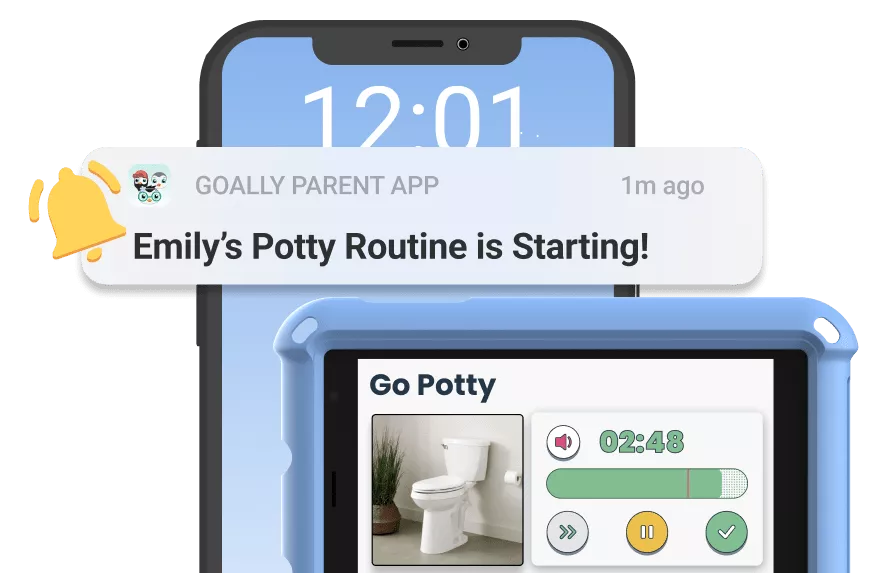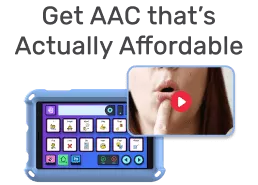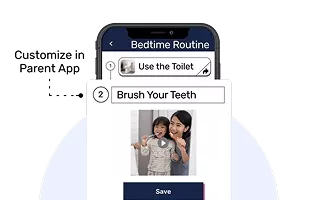Caroline was walking along the park path next to her five-year-old son, Alex, when suddenly a nearby car alarm went off. The loud and repetitive honk shook Alex’s frame to the core, traveling through her senses like a shockwave. He dropped to the ground in tears and covered his ears, completely overwhelmed.Our bodies are constantly communicating to our brain the things that we are feeling and seeing, hearing and experiencing. But have you ever stopped to think about what would happen if our brains did not interpret that communication properly?
Table of Contents
This actually happens quite a lot! In fact, in the general population, at least one in twenty people may find themselves affected by something called sensory processing disorder. Amelia is one example. But what on earth is sensory processing disorder? Keep on reading! We are about to dive into exactly what this interesting disorder is, what it looks like, and how to respond to a diagnosis of it.
What is Sensory Processing?
Before we jump into what sensory processing disorder is, we have some basics to cover. Remember the five senses? Okay, now forget that, because there are actually eight senses that may be affected by sensory processing disorder. I know, mind-blowing, right?
What is a Sensory System?
Many people think the sensory system is limited to the five traditional senses; however, it actually consists of eight distinct senses. Here are the eight senses that contribute to Sensory Processing Disorder (SPD):
- Visual (sight): This sense allows children to see and interpret colors, shapes, depth, lighting, and helps them to scan and filter visual information.
- Auditory (hearing): This sense involves a child’s ability to hear, listen, filter, and selectively attend to auditory stimuli, impacting their speech and language.
- Tactile (touch): Anything that can be touched and felt on a child’s skin through their skin receptors falls under this sense.
- Olfactory (smell): This sense helps children determine if something smells good or bad. Smell is closely linked to emotions in the brain, which can evoke feelings of comfort or alarm.
- Gustatory (taste): This sense allows children to decide what foods and drinks they like or dislike, helping them determine if something is safe to consume based on taste.
- Vestibular (balance): Located in the inner ear, this sense helps children understand their body positions, such as sitting, lying down, standing, or spinning.
- Proprioception (body awareness): This internal sense, derived from muscles, joints, and ligaments, enables children to know where their body parts are and what they are doing without looking at them.
- Interoception (internal senses): This sense allows children to perceive internal body functions such as hunger, thirst, and the need to use the bathroom.
Sensory Processing Disorder (SPD) Explained
Anyone’s brain can get occasionally confused or overwhelmed by the amount of sensory information it is taking in from these eight senses. This is essentially what is happening to someone with Sensory Processing Disorder (or SPD). The difference is that they tend to experience it on a regular basis, and it affects their day-to-day living. SPD is a neurological condition that interferes with the process of the brain receiving messaging from the senses. Basically, there is no longer a filter that helps it separate what sensory information is important and what is not.
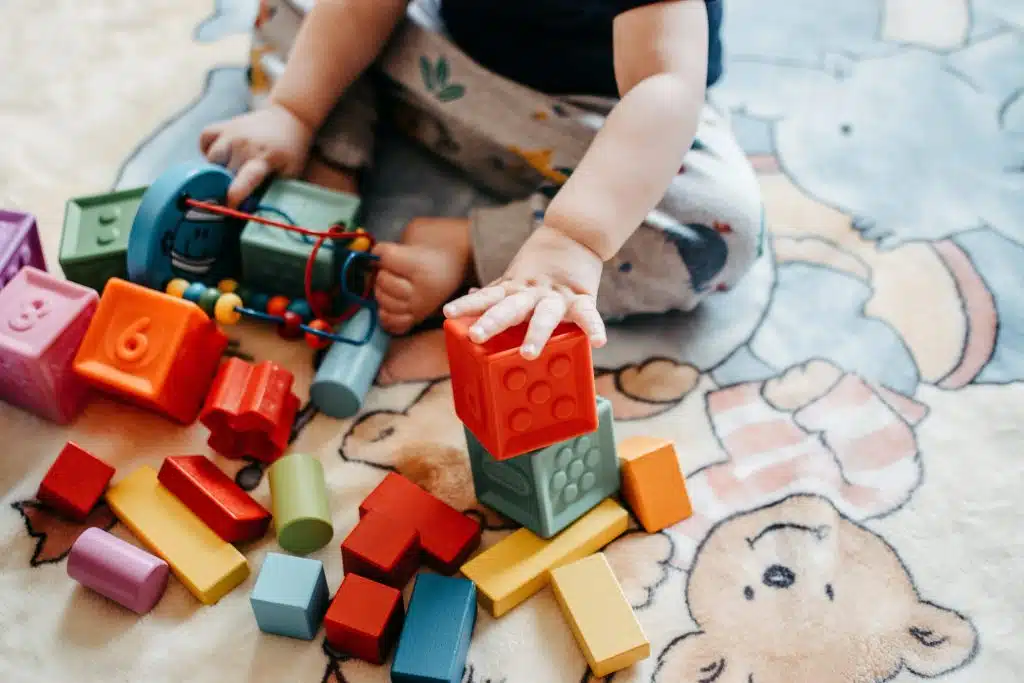
There are actually two particular types of sensory processing challenges:
- Hypersensitivity
- Kids who experience hypersensitivity are often overwhelmed by senses, so they will try hard to avoid anything that involves their senses too much. This can look like overreacting to someone knocking aggressively on a door or wearing a very itchy sweater. Sometimes, it can lead to sensory overload.
- Hyposensitivity
- Hyposensitivity is when someone is under-sensitive to certain stimuli. Many kids with this will actually seek out sensational experiences (this is called “sensory seeking behavior”) This could look like jumping off of tall things or liking their morning oatmeal scalding hot.
Sometimes, people have a combination of both. They will seek out certain sensations but avoid others at all cost. Sometimes only one sense is affected, while other times people have a sensitivity across multiple senses. It affects
Read more: Is SPD Neurodivergent?
Signs and Symptoms of SPD
Because SPD can affect people so differently, the symptoms can look unique according to the individual diagnosed. However, here are a few things to watch for as explained by The Warren Center:
For people who are hypersensitive, they might:
- Appear to be extremely clumsy
- Squint at or avoid a lot of light
- Avoid hugs
- Be sensitive to certain foods
- React aggressively to scratchy clothing
For people who are hyposensitive, they might:
- Have trouble sitting still
- Not recognize personal space
- Chew on unusual objects
- Seek out visual stimulation from things like technology
- Have difficulty sleeping
While these are all possible examples, it is important to remember that everyone with SPD has different levels of and types of symptoms.
What Causes Sensory Processing Disorder?
According to STAR Institute, the cause of this disorder is still relatively unknown. However, many researchers theorize that it results from a series of prenatal, environmental, and genetic factors. Many children on the autism spectrum or who have ADHD often also have SPD, but these conditions do not cause it. In fact, most people with SPD do not also have autism.
Next Steps: How to Respond to SPD
If you are wondering about the possibility of sensory processing disorder, discussing it with your doctor is a great place to start. Many occupational therapists and other health professionals can assess someone for SPD. If diagnosed, many treatment plans include different therapy and diet options.
Goally | Apps To Support Child Development
Looking for fun ways to help your child learn life skills? Try Goally! The Goally tablet comes with award-winning learning apps and video classes to help kids develop the skills they need to become independent with FUN & evidence-based practices.
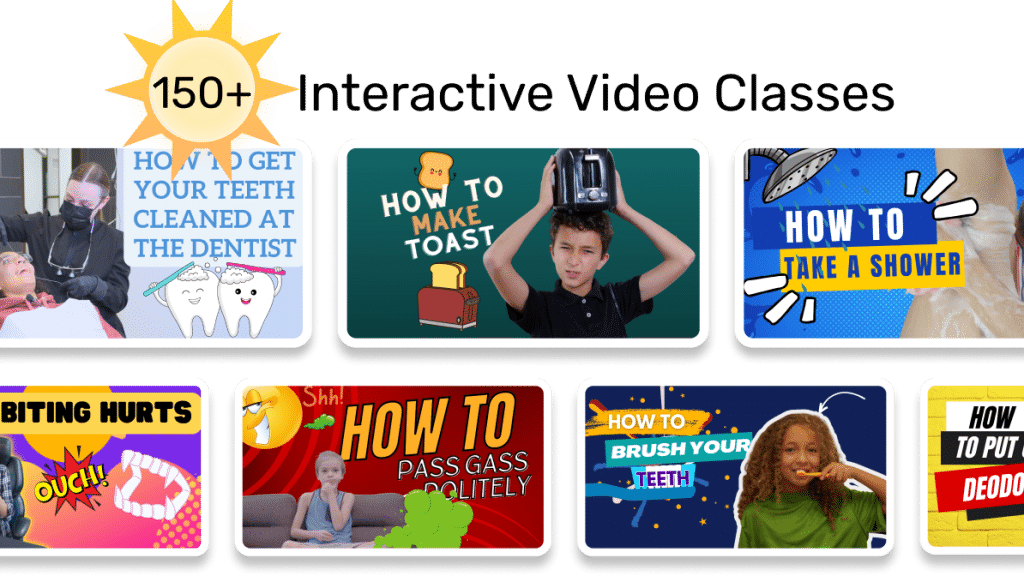
Our apps teach executive function, language, emotional regulation, finger dexterity skills, and more.
As your child develops new skills, you can increase the difficulty level of the tasks in the app to challenge and motivate them even further. This helps your child grow and progress at their own pace, while also keeping them engaged and excited about their development.
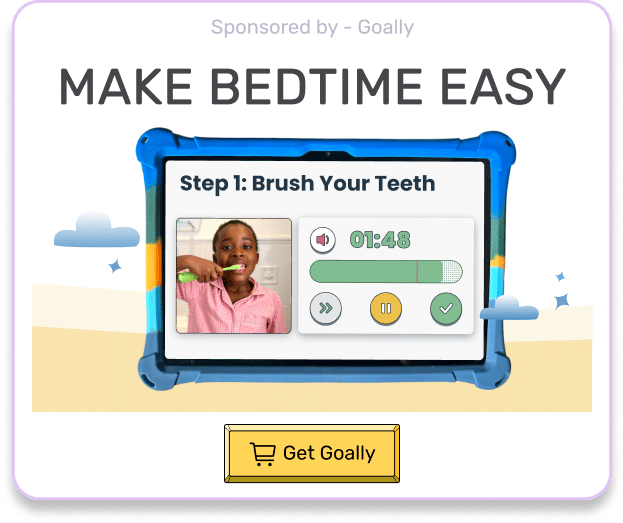

Goally | Best Videos to Teach Life Skills
Give your kid an independent future. Goally has 100+ video classes teaching life skills like “How to Choose a Restaurant,” “How to Interrupt Politely,” and “How to Get Ready for School.”
Goally takes kids on an adventure that includes interactive practice and checkpoints along the way! No web browsers, YouTube, or social media.
Understanding SPD is also important when responding to those who may be diagnosed with it. If you know someone who has SPD or are trying to communicate what it is like, remember that many of the reactions of people with SPD are responses to something that is out of their control. They do not do it on purpose.
FAQ’s About Sensory Processing Disorder
What is sensory processing disorder?
Sensory processing disorder (SPD) is a condition where the brain has trouble receiving and responding to information from the senses.
What are the signs of SPD in kids?
Common signs include being overly sensitive to sounds, lights, or textures, seeking out intense sensory experiences, and having poor motor skills.
Is SPD related to other conditions?
SPD often co-occurs with autism, ADHD, and other developmental disorders, though it can exist on its own.
How is SPD diagnosed?
SPD is usually diagnosed by an occupational therapist through standardized tests and observations of the child's sensory responses.
How is SPD treated?
Treatment usually involves occupational therapy using sensory integration techniques, along with environmental modifications and educational strategies.
This post was originally published on 06/02/2023. It was updated on 08/02/2024.
Emily is a seasoned blog writer for Goally, leveraging her extensive background in child psychology and special education to provide valuable insights and resources for parents. Her commitment to understanding and addressing the unique needs of these children, combined with her expertise in educational strategies, makes her a credible and empathetic voice for families.

